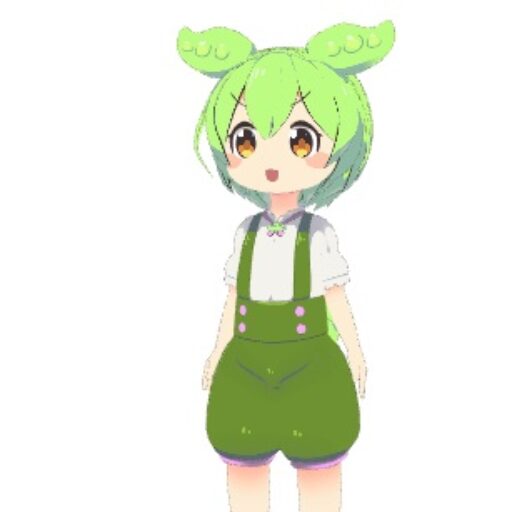The Language of Cat Tails: What Their Movements Mean
Cats communicate in numerous ways, among them vocalizations, facial expressions, and body language. However, one of their most expressive tools is the tail. Understanding the language of cat tails can significantly enhance how we interact with our feline friends, allowing for a deeper bond and a better response to their needs. Here’s an insight into what different tail movements mean and how you can use this knowledge to improve your relationship with your cat.
Tail Up: Confidence and Contentment
A tail held high is typically a sign of confidence and comfort. Cats that walk with their tails up are often expressing happiness and a friendly disposition. When a cat greets you with a tail straight up, sometimes with a slight curve at the top, they are saying they are comfortable and pleased to see you. This is also a greeting signal among cats, indicating peaceful intentions.
Twitching Tail: Focused or Irritated
A tail that twitches slightly can indicate intense concentration, often seen when a cat is hunting or focusing on an object. However, if the twitching is more vigorous and frequent, it might be a sign of irritation or impatience. Observing the context and other body languages like ear position and whisker status can help you determine the exact mood.
Swishing Tail: Ready to Pounce
A tail that sways slowly from side to side usually signifies that a cat is concentrating on a particular target, ready to pounce. This movement can be seen when cats play with toys or are stalking prey. It’s a sign of their predatory instincts in action, and it’s perfectly normal during play.
Puffed Tail: Fear or Aggression
A puffed-up tail, combined with an arched back, is a cat’s way of making itself look larger and more threatening. This reaction is typically in response to fear or a threat. Cats do this when they feel threatened or are in an aggressive mode, which could be during a confrontation with another animal.
Tail Wrapped Around the Body: Comfort or Caution
When a cat wraps its tail around its body, it can be a sign of several emotions. It might be trying to keep warm or comfort itself in an uncomfortable situation. Alternatively, it can also indicate caution or uncertainty in a new or stressful environment.
Tail Tucked Under: Fear or Submission
A tail tucked under the body is a clear sign of fear or submission. This posture is typically seen when a cat feels threatened or nervous about something in their environment. It’s a protective posture, minimizing exposure and making themselves less noticeable.
Understanding and Reacting
Understanding these tail movements can help cat owners and cat lovers respond more effectively to their feline companions. For instance, if you notice your cat’s tail puffing, it’s best to give them some space and avoid sudden movements that could further stress them. On the other hand, a tail held high and happy can be an excellent opportunity to interact more and strengthen your bond.
Tips for New Cat Owners
For new cat owners, learning these tail signals can be incredibly helpful in managing cat behavior and building a trusting relationship. Paying attention to these signs can prevent misunderstandings and improve communication between you and your cat.
Conclusion
Cats communicate subtly yet effectively through their tails, and learning to interpret these signals can lead to a more harmonious and understanding relationship with your cat. Observing and responding to your cat’s tail language can be rewarding, as it enhances mutual respect and affection.




